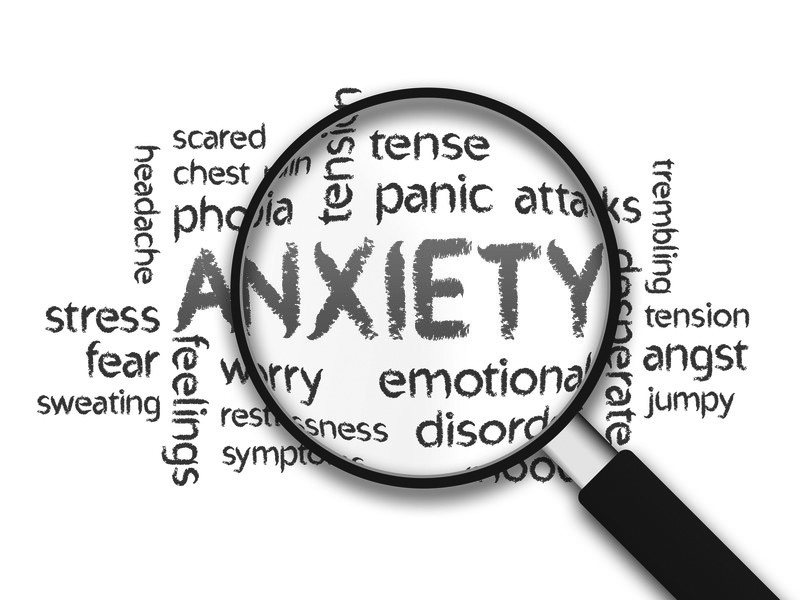
Generalized Anxiety Disorder
A healthy anxiety response: Anxiety is a response to perceived danger. The amygdala recognizes danger and sends a message to the hypothalamus to initiate the fight-or-flight response. Epinephrine is released. The sympathetic nervous system starts working hard to help respond to the threat. When the threat is over, chemicals destroy adrenalin and noradrenalin, bringing the body back to it’s normal state.
An unhealthy anxiety response: Those who have generalized anxiety may have impairment in brain circuit functioning that regulates fear and emotions. The brain may be extra sensitive to stimuli and trigger the flight-or-fight response when it really is not needed. Exaggerated worry, muscle pain, fatigue, headaches, nausea, shortness of breath, insomnia, and irritability are symptoms of generalized anxiety.
Characterization of Anxiety
Characterization of anxiety is linked to numerous systems, such as: cardiovascular, respiratory, sweat glands, musculoskeletal, and abdominal systems. The sympathetic nervous system causes a response from these various systems. The heart rate and blood flow increases, breathing increases in speed and depth to get oxygen to parts of the body that may need to act quickly. Sweat glands produce sweat to make the skin slippery so the individual cannot be easily grabbed when being pursued by someone. The pupils enlarge to allow more light in. Digestive activity decreases and muscles tense to prepare for a quick response to danger.
Brain Structure
Several brain structures are involved in anxiety. Fear is regulated by connections between the amygdala and anterior cingulate cortex and the amygdala and orbitofrontal cortex. Overreaction of these connections produce feelings of fear. Increase in cortisol caused by activation of hypothalamic-pituitary-adrenal (HPA) axis may be responsible for fear response. Prolonged HPA activation and cortisol release can lead to health problems. Anxiety can also be triggered by traumatic memories in the hippocampus, which activates the amygdala, initiating the fear response.

Anxiety Response Ends
The sympathetic nervous system stops the response when adrenalin and noradrenalin are destroyed by other chemicals in the body, or when the parasympathetic nervous system becomes activated. These chemicals take time to destroy, which means the feelings of anxiety may continue throughout the body since the chemicals are still present.
Treatment for Anxiety
Cognitive behavioral therapy can help identify thoughts that trigger anxiety and learn a healthy way to respond to these triggers. Relaxation techniques, such as mindfulness meditation, yoga, guided imagery, and focused breathing, can help if you are feeling more stressed than usual. There are also numerous medications that help treat anxiety.
Surrender to what is. Let go of what was. Have faith in what will be. –Sonia Ricotta
Reference:
Sinacola, R.S., Peters-Strickland, T., & Wyner, J.D (2020). Basic psychopharmacology for mental health professionals (3rd ed.). Hoboken, NJ: Pearson Education, Inc.

